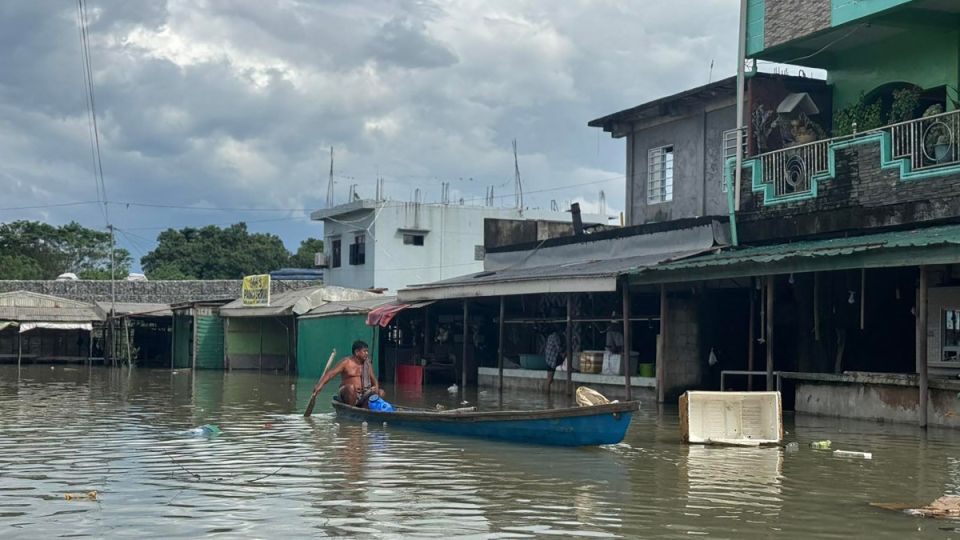October 7, 2025
MANILA – For more than two decades, storms and floods have consistently battered the Philippines, making up nearly two-thirds of all recorded disasters from 2000 to 2024.
Data from the International Disaster Database (EM-DAT) shows the country was struck by 201 storms and 109 floods over the 24-year period — far outnumbering earthquakes (25), volcanic activity (18), and epidemics (11).
“These are not just numbers. They mean drowned neighborhoods, ruined crops, and billions in damages,” said Dr. Rogelio Alicor Panao, INQUIRER Metrics data scientist and associate professor at the University of the Philippines, in his analysis of the EM-DAT data.
Yet despite this clear pattern, Panao noted that the national debate remains stuck on expensive and controversial flood-control projects whose “benefits and transparency remain in doubt.”
Weather-driven disasters as the main threat
The findings suggest that climate-driven hazards — stronger storms, heavier rains, and erratic flooding — have overtaken earthquakes and volcanic eruptions as the country’s most pressing threats.

Data analysis by Dr. Rogelio Alicor Panao
Chart: INQUIRER.netSource: EMDAT: The International Disaster DatabaseGet the dataCreated with Datawrapper
“Concrete dikes and drainage alone cannot keep pace with a changing climate,” the analysis stressed. “Perhaps it is time to move beyond politics and quick fixes. Building resilience is not just about concrete; it is about choices that keep people safe long after the floodwaters recede.”
Other disasters, such as fires (27), earthquakes (25), road accidents (20), volcanic activity (18), and wet mass movements (17), trail far behind the scale of destruction brought by typhoons and floods.
A call for smarter disaster response
The EM-DAT database, maintained by the Centre for Research on the Epidemiology of Disasters (CRED) at the University of Louvain, has tracked more than 27,000 disasters worldwide since 1900. Its latest figures on the Philippines reinforce long-standing warnings: the country’s disaster risk profile is overwhelmingly dominated by weather extremes.
The analysis points to a larger policy failure. Billions are poured yearly into flood infrastructure, yet communities remain vulnerable, and lives are disrupted.
The findings come amid heightened scrutiny of flood-control spending. The Commission on Audit (COA) has recently filed multiple fraud audit reports with the Independent Commission for Infrastructure (ICI), flagging several supposedly nonexistent flood control projects in Bulacan valued at over ₱300 million.
READ: COA submits additional fraud audit reports to ICI
READ: COA files 4 fraud audit reports with ICI on Bulacan flood projects
Earlier reports also point to anomalies in Bulacan flood infrastructure, with COA submitting audits to the Office of the Ombudsman covering projects with questionable locations or duplications.
At the same time, storms have continued to disrupt daily life. In the first quarter of the last school year alone, students in storm-prone regions missed up to 44 percent of class days due to weather-related suspensions.
READ: Storms wiped out up to 35 school days in key regions—study
According to Panao, the findings highlight the need for disaster resilience strategies that go beyond physical infrastructure, emphasizing policy measures that ensure communities remain protected even after floodwaters recede.


